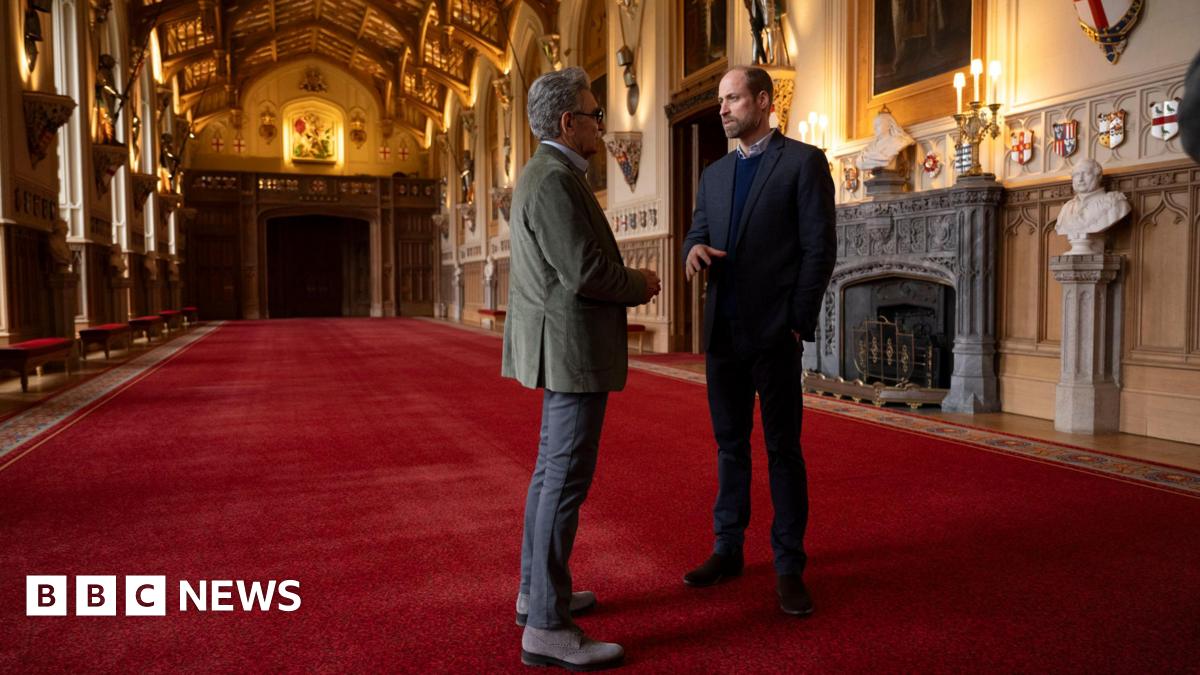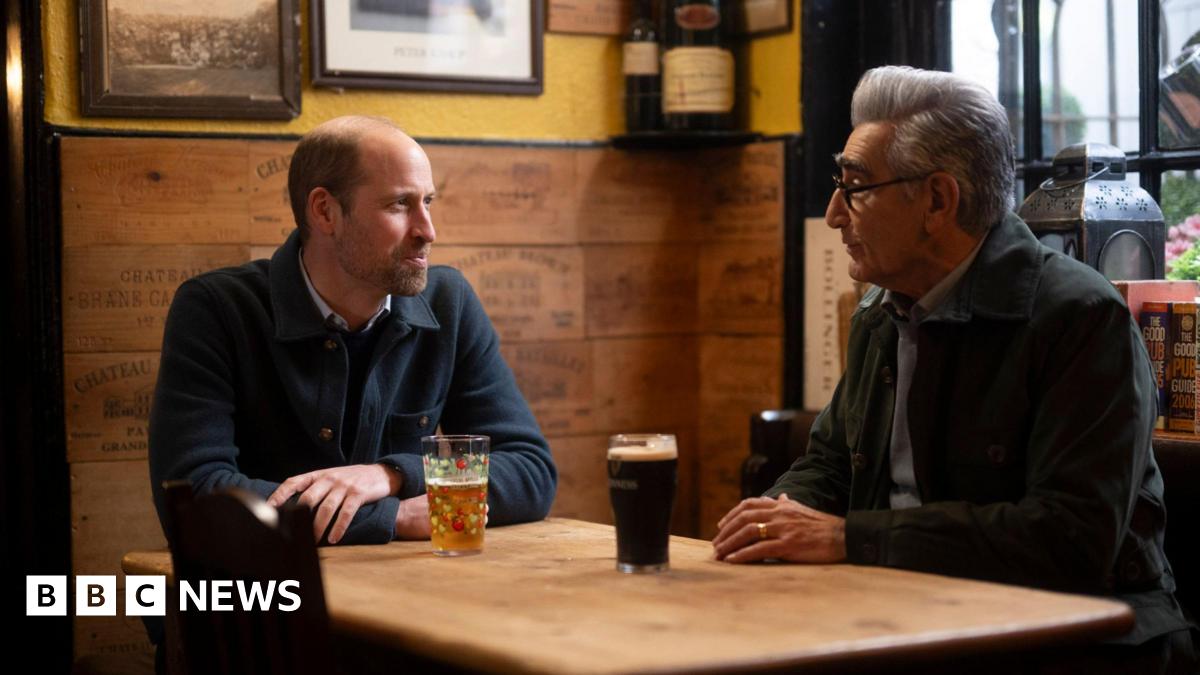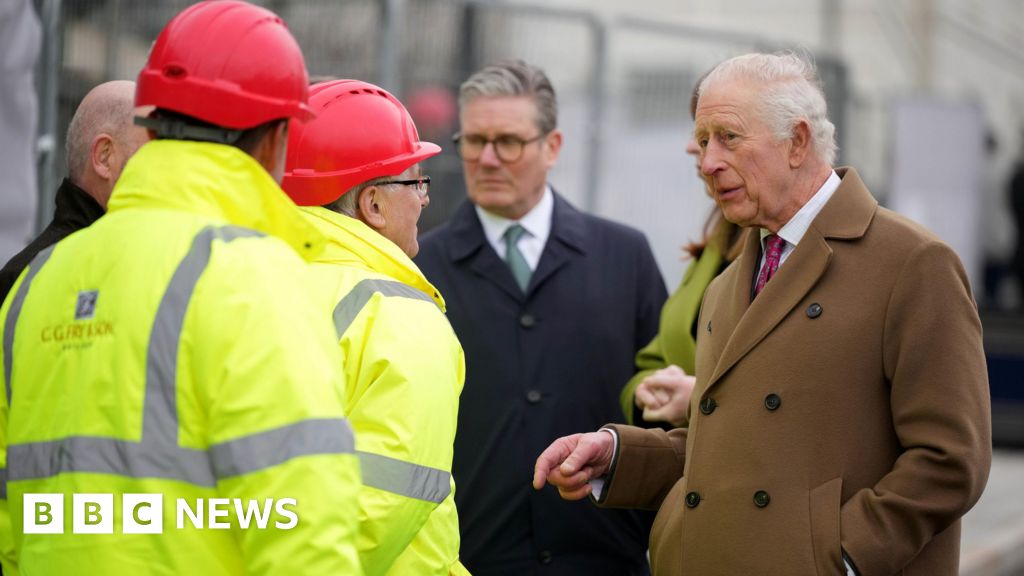Prince William's Modernizing Agenda: Royal Traditions on the Chopping Block
Prince William is expected to bring significant changes to the British monarchy, potentially streamlining long-held traditions and customs. His approach signals a move towards a more modern and accessible royal family, influencing everything from dress codes to job titles. William's vision for a "slimmed-down monarchy" could reshape the institution for future generations.
Ditching the Peacocking: A Less Formal Dress Code
Prince William reportedly finds some of the more elaborate royal outfits "slightly embarrassing," according to Ingrid Seward, editor-in-chief of Majesty magazine. This sentiment suggests a move away from sartorial peacocking. Staff at the Duchy of Cornwall have already noted the absence of ties when William visits, a departure from the standard for King Charles.
The trend among royal women to forego nude tights in favor of bare legs is also likely to accelerate during William's reign, indicating a broader shift towards less formal attire.
Rethinking Obscure Royal Roles
The British monarchy maintains some unusual roles, such as "Keeper of the Swans" and "Lord Warden of the Cinque Ports." William has hinted at a desire for a "slimmed-down monarchy," implying fewer working royals and more streamlined operations. This could mean fewer obscure job titles and a less complex court structure.
While positions like herb strewer and yeoman of the china and glass pantry may not vanish immediately, a leaner staff could result in roles being amalgamated or not renewed. Vickers notes that while streamlining is beneficial, maintaining core support from entities like livery companies is also vital.
Cutting Back on Deference and Formality
Prince William is likely to reduce the elaborate rules surrounding bowing and curtseying. Ingrid Seward believes William would prefer simple greetings over constant displays of deference. This extends to his children; he reportedly won't expect people to bow or curtsey to them after they turn 18.
The shift may also affect how he's addressed. While staff use "Your Royal Highness," William prefers "Sir" or being addressed by his first name. "He always says, ‘Call me William’,” adds Seward.
Updating the Order of the Garter Ceremony
The annual Order of the Garter ceremony, with its grand velvet robes and plumed hats, is a prime candidate for modernization. This event, marked by a procession to St George's Chapel, is one of the more ostentatious on the royal calendar.
Seward suggests that William might prioritize the honorees over the royals during the ceremony, potentially finding the current display "a bit ridiculous, like they are in fancy dress."
Consolidating Royal Residences
Unlike King Charles, who frequently moves between multiple residences, William is expected to base himself primarily at Windsor Castle. This is partly due to his children's schooling, which will keep him in Windsor during term time. While he'll likely use Sandringham and Balmoral for Norfolk and Scottish trips respectively, his life and court will be more centralized.
“He certainly won’t feel the same sense of obligation that his father does to travel constantly to all these homes,” says Seward.
Modernizing Day-to-Day Royal Life
William embraces modern communication methods, even using WhatsApp to manage the Duchy of Cornwall estate. This contrasts sharply with the Queen's communication style. He is also expected to scale down on some of the more elaborate insignia favored by his father.
 Visit the website
Visit the website




